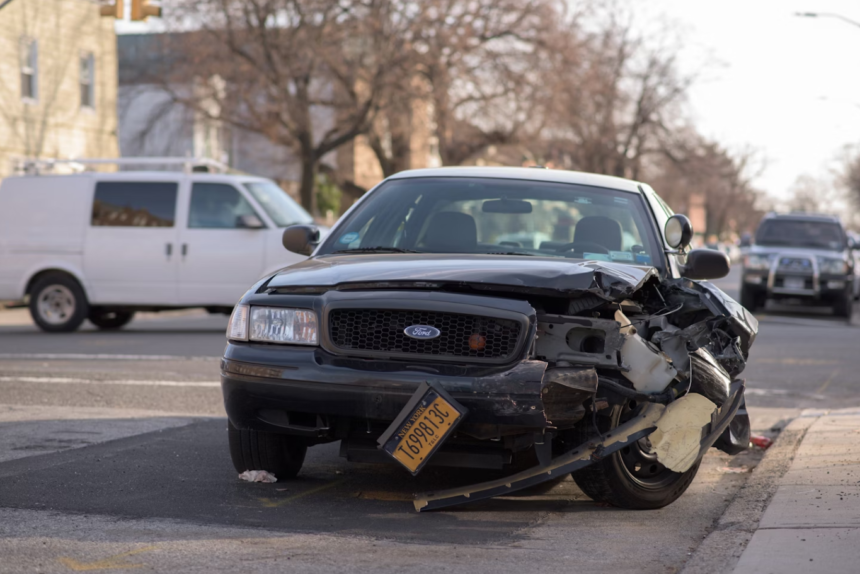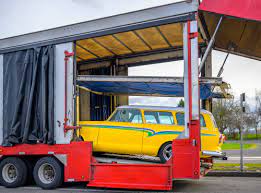Auto body damage is no fun. You probably already know this, but it’s worth going over why. First, you’ll need auto repair. This costs money, whether it’s smoothing and painting over a scratch or a full-body repair. It also takes time and disrupts your schedule.
More importantly, perhaps, is that the process of receiving auto body damage is particularly unpleasant. Damage can happen from somebody sideswiping your vehicle when it’s parked or just from exposure to the elements. But it can also happen because of a collision, which is a frightening and potentially life-threatening incident. So, the more ways you can avoid a collision, and auto body damage repair, the better.
The truth about damage repair
The truth is … damage repair is an inevitable part of life. At least, if you own a vehicle, it is. If you’re lucky, you’ll never have to live through a T-bone collision or a rear-ender at speed. But damage of some kind is unavoidable.
A vandal could key your car for no reason. A piece of gravel might fly up and crack your windshield. Or maybe, one time—only one time, of course—you aren’t paying 100% complete attention and brush up against a pillar in a parking garage. It’s an accident and not a big one, but one that will require an accident repair all the same.
Auto Body damage repair is just part of owning an automobile. But that doesn’t mean you can’t do things to reduce how often you’ll need damage repair.
How to avoid auto body damage repair
Here are some steps you can take in your everyday life to reduce how often you’ll need an auto repair:
1. Drive cautiously and defensively
Most of us drive every day. We don’t think of it as a big deal. We listen to loud music, carry on conversations, yell at other drivers, and distract ourselves in other ways. But we really shouldn’t.
It’s helpful to remind yourself just what an impressive creation the automobile is; and just how dangerous it can be. This tip isn’t breaking any news or anything, but it’s still the most important. Be safe.
Stay alert and anticipate potential hazards as best you can. Avoid sudden stops and try to be mindful of other drivers’ behaviors. Check your blind spots before changing lanes and always use turn signals. Careful driving also means adjusting to road conditions—slow down in rain, snow, or fog, and drive defensively in high-traffic areas.
3. Keep a safe following distance
Tailgating is an unnecessary risk. It increases the chances of rear-end collisions, one of the most frequent reasons for accident repair. It’s wise to follow the “three-second rule”—keep at least three seconds of space between you and the vehicle ahead, increasing this distance in bad weather. This gives you ample reaction time if the driver ahead stops suddenly. Staying back also helps prevent debris, such as rocks kicked up by larger vehicles, from striking your paint or windshield.
3. Park smart
A bad parking job won’t put you in the hospital, but it can lead to a costly car repair. Parking lot accidents are common causes of vehicle damage repair.
To minimize risk, park in less crowded areas when you can, preferably away from high-traffic spots. Take an end space, even when it means walking for longer, just to reduce the chance of neighbouring vehicles opening their doors into yours. Some drivers avoid parking under trees where falling branches, sap, and bird droppings can damage vehicle paint. However, this leaves the vehicle exposed to the sun, which over time can also damage the vehicle.
4. Keep an eye out for road hazards
Potholes, loose gravel, and road debris can lead to scratches, dents, and undercarriage damage. While such impacts are usually small, they still cause more than their fair share of car repair jobs.
When driving, keep an eye on the condition of the road ahead. Avoid obstacles whenever possible and, if you can’t steer around them safely, slow down to minimize the impact. Be cautious around construction, where loose asphalt and debris are common causes of paint damage and windshield cracks.
5. Wash and wax your vehicle
Washing and waxing aren’t just good for making your vehicle look pretty. Dirt, dust, bird droppings, and road salt can erode your vehicle’s paint over time. This can lead to rust and other damage.
Washing your car regularly—especially after exposure to salt or mud—prevents buildup that can corrode the surface. If you want to go the extra mile, waxing adds a layer of protection, helping repel moisture and contaminants. If you park outside, consider a ceramic coating, as it can shield your vehicle from UV rays, road grime, and minor scratches.
6. Take care of your tires
Worn-out tires can lead to a loss of control, increasing the risk of accidents, and thus accident repair. Check your tire pressure and tread depth regularly to ensure your tires can grip the road properly. Misaligned or under-inflated tires can also cause uneven wear and make your vehicle harder to handle.
7. Practice proper brake maintenance
It’s not as easy for drivers to take care of their brakes on their own. Braking distances increase gradually over time. This is natural, but it’s not good.
One rainy day, your brakes may take too long to stop and then you have to pay for your auto repair and for the car repair of the driver in front of you. Visit an auto body shop for brake inspection regularly. Maybe every other year for a new vehicle and annually for an older one.
Take care and be mindful
Most of these tips boil down to just paying attention. Focus when driving and be mindful of how your vehicle is behaving. With some care and deliberateness, you’ll likely find you need much less auto body damage repair.
Meta Description
Want to learn how to avoid auto body damage repair? Discover seven tips and tricks that can help you drive safer and maintain your vehicle more effectively.













